Who hasn’t chipped or broken a vase or a bowl that they particularly like? In this situation, the first reflex may be to try to glue the pieces back together with superglue and, at worst, to throw them directly in the trash. However, a third alternative exists and can restore the value of the object or even more: it is the kintsugi technique.
This Japanese restoration know-how is in Japan a real passion, so much so that we speak of the art of kintsugi. Beyond the decorative aspect, this repair process also proposes a philosophy of resilience in the face of life’s accidents. So, without further ado, let’s dive into this blog and learn another way of looking at and embellishing scars.
1. What is kintsugi, and where does it come from?
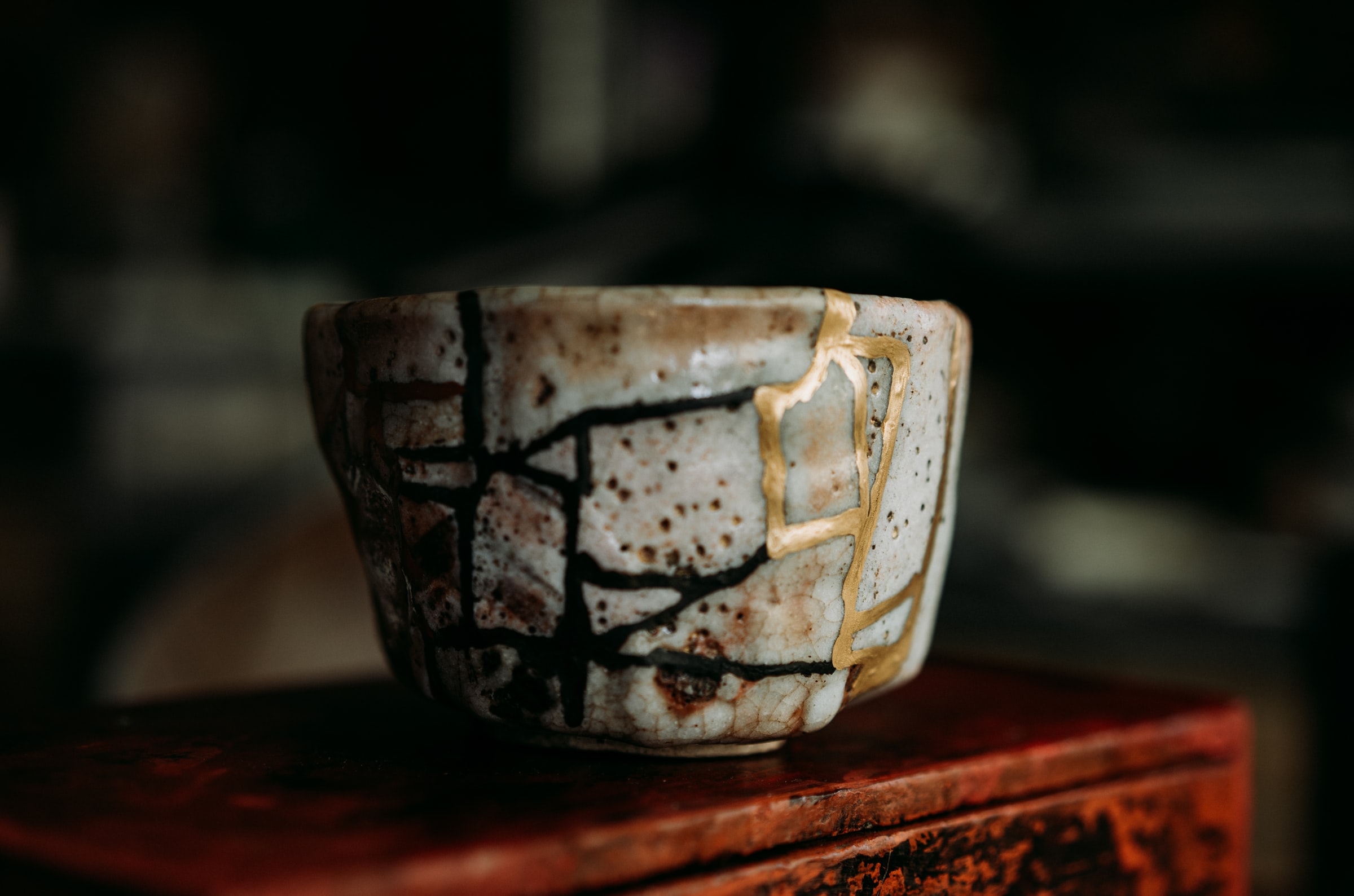
Kintsugi (golden joint) or kintsukuroi (golden repair) is the Japanese art of restoring damaged pottery and tableware. Its particularity lies in the fact that the object is reassembled with gold, giving it a new sublime state.
2. The history of an ancestral art
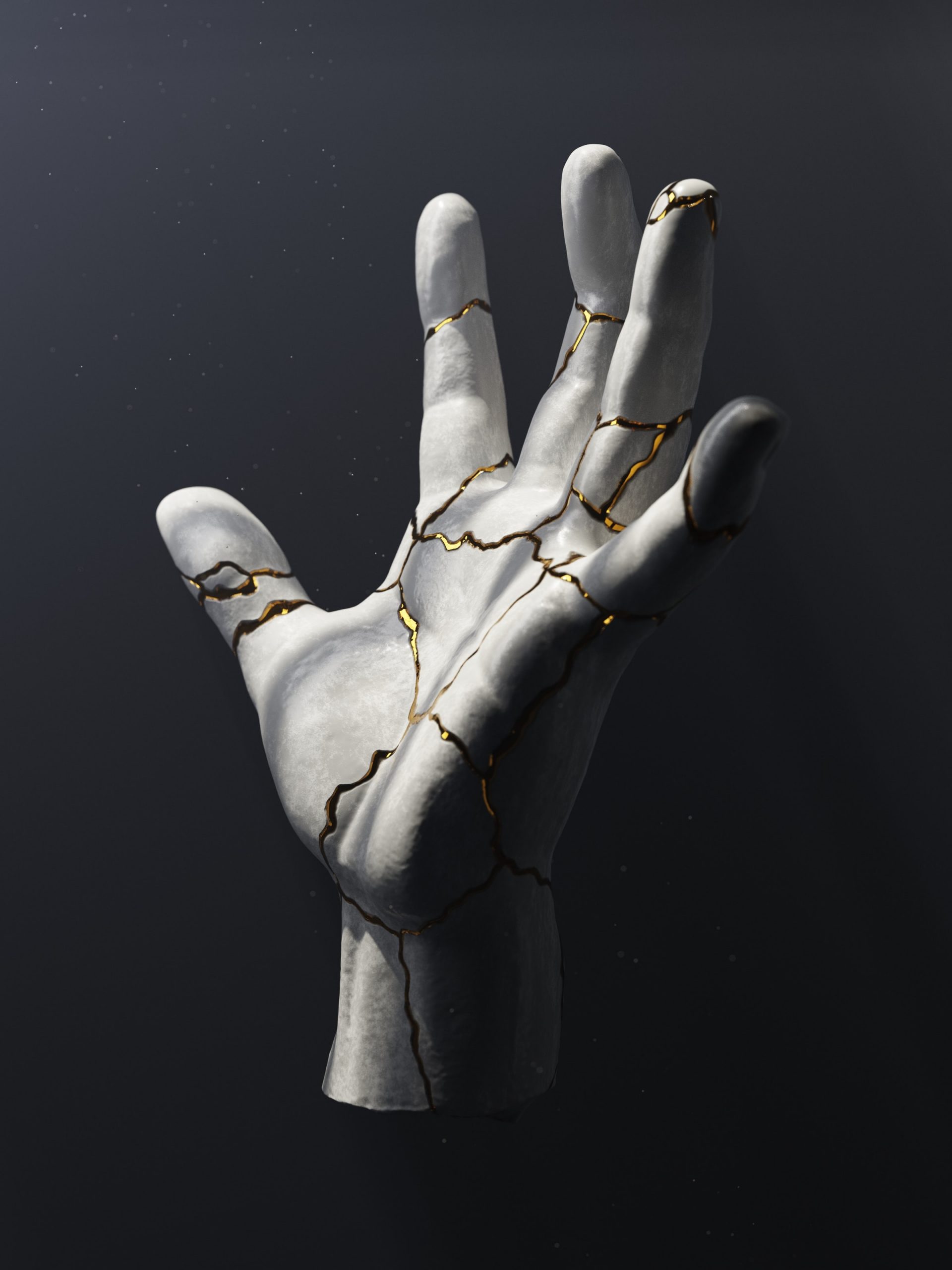
Kintsugi is one of those Japanese traditions and arts that have survived through time to the present day. Legend has it that this technique was invented in the 15th century, during the reign of the shogun Ashikaga Yoshimasa. After 30 years of difficult and unstable reign, the military leader retired to the mountains east of Kyoto.
In this place of retreat, he surrounds himself with literate monks and aesthetes from all walks of life. These monks brought with them many foreign works of art and developed several art forms: garden, painting, poetry, theater, tea and flower art, Japanese pottery, and ceramics.
One day, while performing the chadô, the tea ceremony, Yoshimasa accidentally damaged his favorite chawan bowl imported from China. He decided to send it back for repair. When he returned it, Yoshimasa found that it had been mended with metal staples and was no longer waterproof. He, therefore, asked his artisans to restore the bowl, giving it back its value and usefulness.
They happened to have the idea of sealing and embellishing the crack lines with golden lacquer, thus giving birth to the art of kintsugi. The artistic style developed at that time, mixing refinement and Zen sobriety, will be known as Higashiyama culture. It will deeply and durably mark the Japanese aesthetic.
3. The stages of kintsukuroi
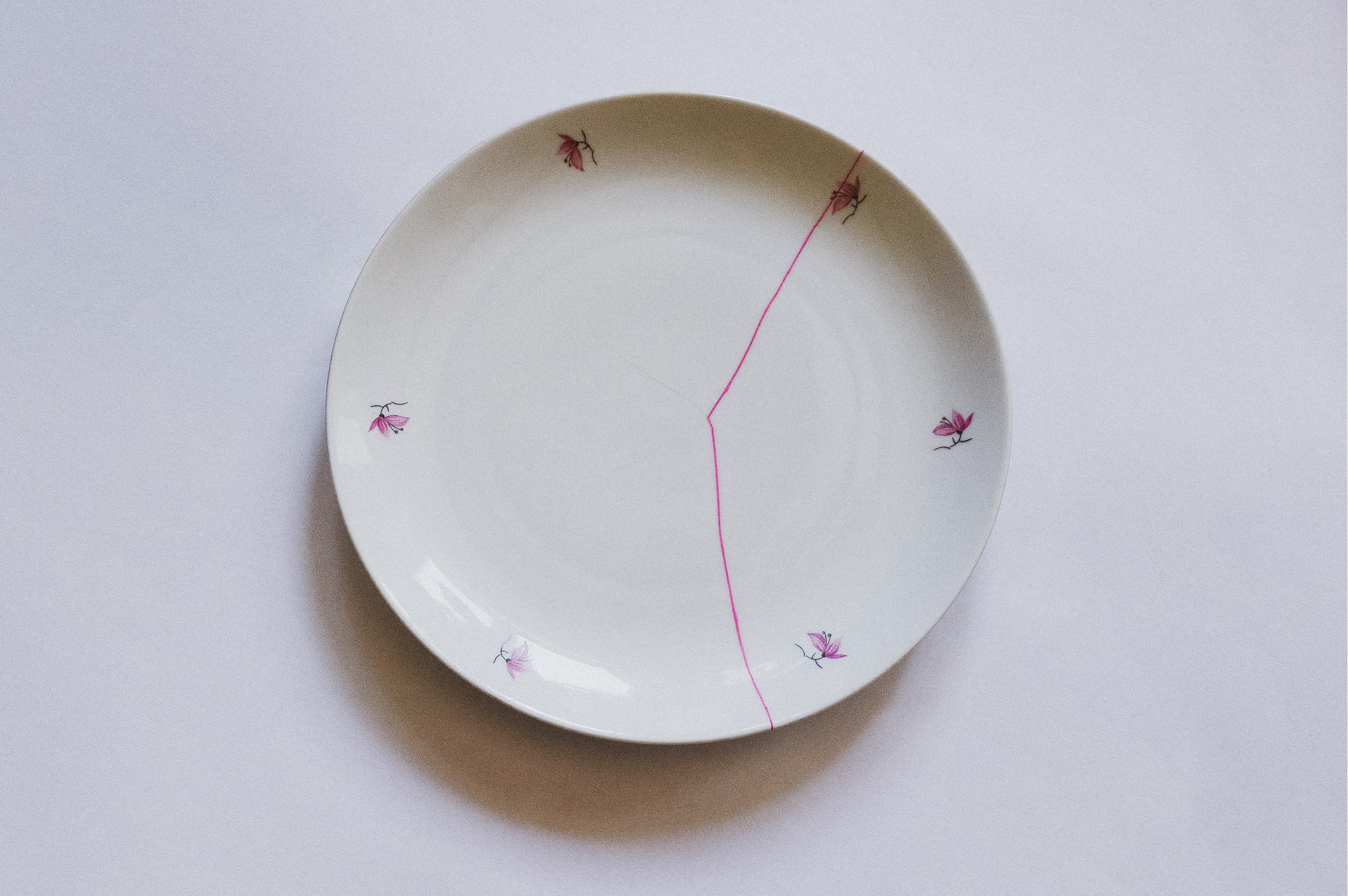
Kintsukuroi is a slow and progressive process, which can last from a few weeks to a year for some pieces. This technique requires patience, precision, and application in order to achieve the desired result. It can be summarized in 3 main steps:
- To begin, it is necessary to select the object to be restored. Traditionally, kintsukuroi is used to repair porcelain or pottery made of raku or stoneware. However, it is possible to choose any type of cracked or broken terracotta or ceramic vessel: vase, dish, plate, bowl, cup.
- The next step is to glue the pieces back together one by one and/or to fill in the gaps. To do this, we apply Japanese urushi lacquer, a specific gum resin made from tree sap. After the first coat, any touch-ups are made, the surface is allowed to dry again and then polished.
- Finally, the crack lines are lacquered with gold (kintsugi) or silver (gintsugi) powder using the maki-e technique. It is then necessary to dry the object before it can be used again. If the resin is used without metal additives, it is called urushi tsugi.
4. The Philosophy Of Wabi-Sabi
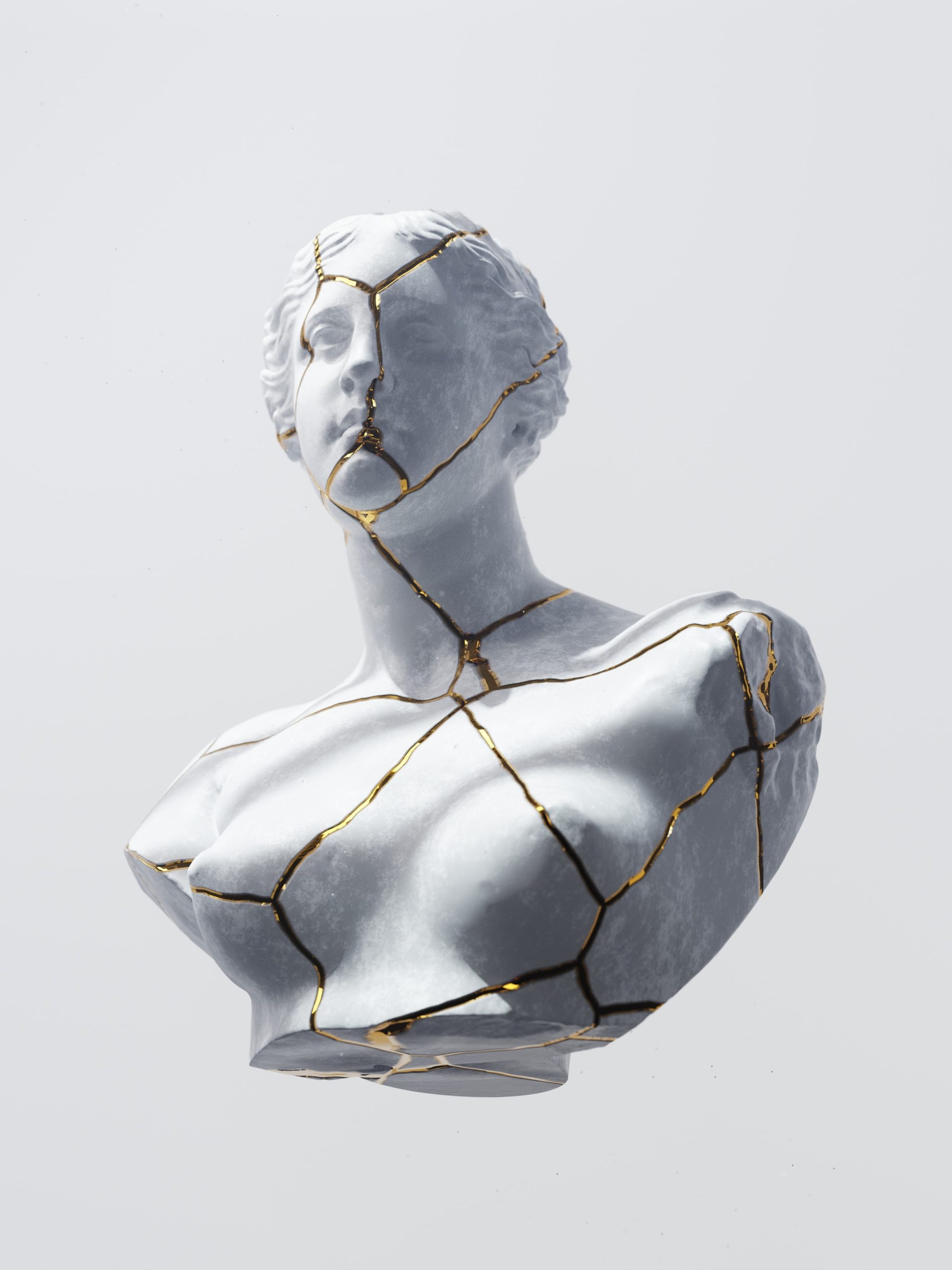
In the Middle Ages, Japan was under the double influence of Zen Buddhism and Chinese Taoism. The principles of Taoism (the way of the Tao) are based on the recognition of energy common to all things (the ch’i), the search for balance between opposing forces (yin and yang), and harmony with nature. Zen philosophy encourages meditative practice and detachment from the material world and rationalism.
From this double influence were born several philosophical and aesthetic concepts in Japan, including that of wabi-sabi, the origin of kintsugi. Wabi teaches the charm of imperfection, while Sabi presents wear and tear as a revelation of identity. In this conception, beauty is not a fixed and perfect image, but evolves with time and events.
The kintsukuroi, by sublimating the object’s flaws and giving it new life, embodies this continuous process of transformation. According to the Zen monk Murata Shuko, the complete creation is of limited interest because it has nothing else to offer. Conversely, the imperfect work is by definition never finished, so it always has potential.
Sound off in the comments section below and tell us what you want to read next and if you want to read more about kintsugi.
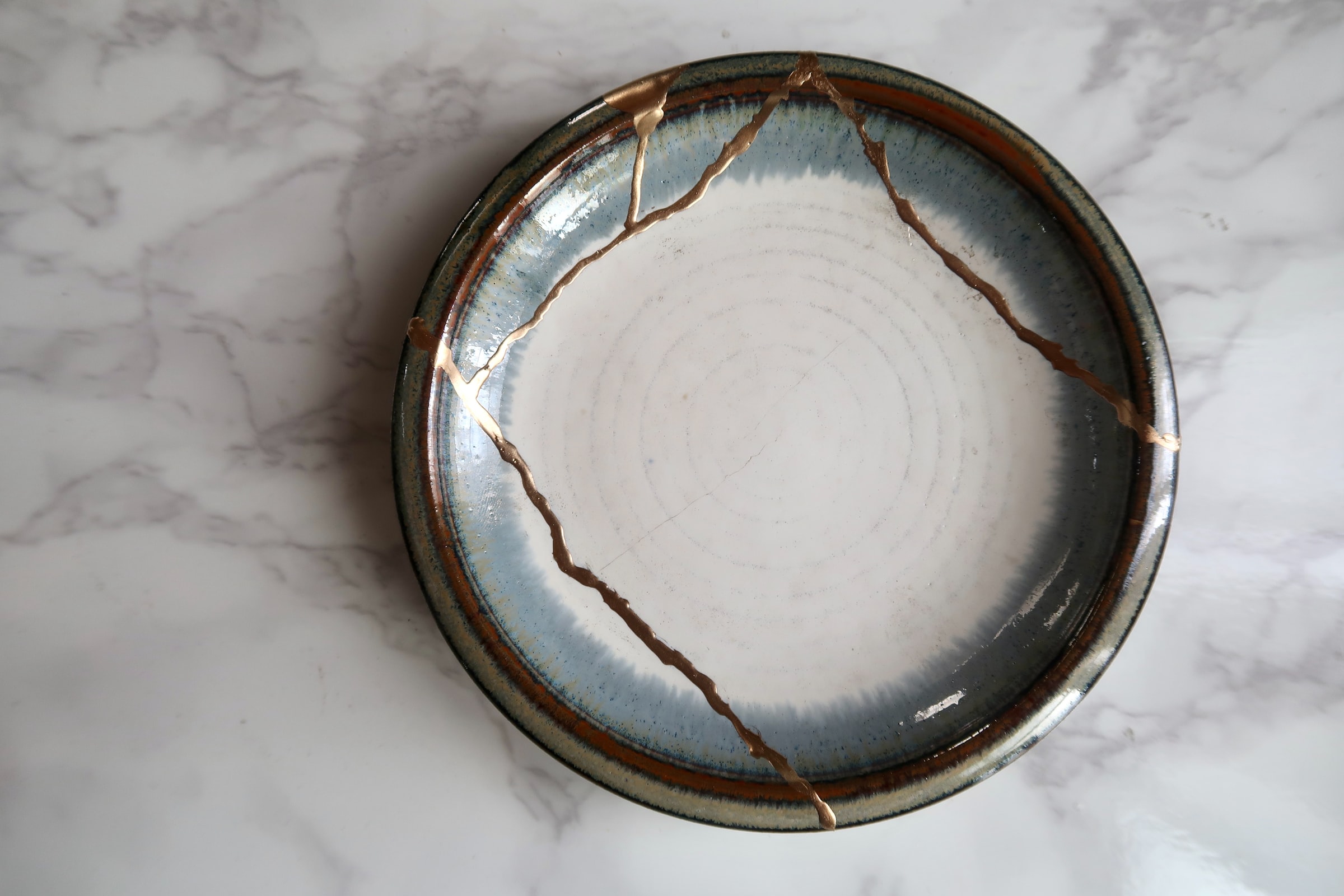

1 thought on “4 Things To Know About The Japanese Art Of Kintsugi”